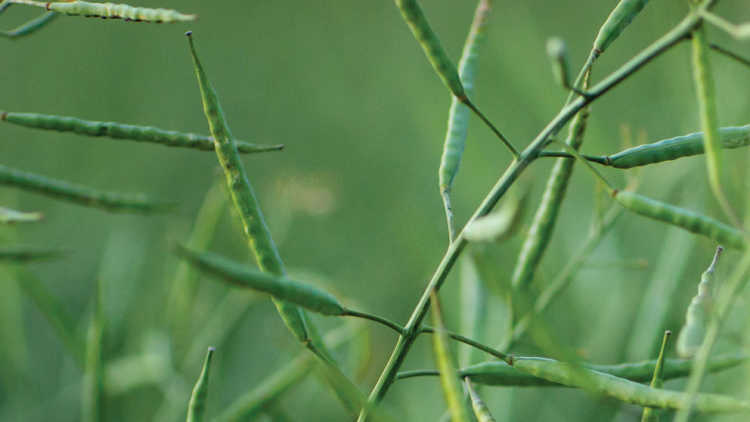COVID-19 impacts on Canadian grains, oilseeds and pulses

Over the next several weeks, FCC Economics will help you understand the rapidly evolving business environment due to COVID-19. We’re updating our 2020 Grains, Oilseeds, and Pulse Outlook to reflect changes in the operating environment.
Profitability is expected to remain tight in 2020 for grain, oilseed and pulse producers. Price volatility has surged through the first three months due to COVID-19. Lower prices of agriculture commodities have been partially offset by the lower Canadian dollar.
We expect average prices for corn, soybeans and feed barley to be lower than their 2019 averages. While canola, durum, yellow pea, and red lentil prices are expected to average higher than last year, they are still projected to be under their 5-year average. Spring wheat is the only commodity for which the 2020 average price is expected to be higher than the last year and 5-year average levels (Table 1).
Table 1. Commodity prices trending lower relative to the 5-year average

Sources: Statistics Canada, AAFC, USDA, CME, MGEX and ICE Futures contracts, and FCC calculations.
Input prices are expected to be lower in 2020 and support profitability. Farm diesel prices have declined nearly 20% year-over-year in March, with further declines expected in April and May. Phosphorus prices have declined nearly 15%, urea prices are down 6%, and anhydrous prices remain unchanged. With significant fieldwork remaining in both Canada and the U.S., fertilizer prices could see a slight increase in April and May.
Supply and demand factors impacting prices
1. Global demand will be weaker at a time when supplies are large
Large global supplies of grains, oilseeds, and pulses result in historically large global stocks-to-use ratios. This suggests limited opportunities for a major increase in Canadian exports.
The 2020 global recession will invariably lead to declines in the demand for commodities in emerging markets.
Large exporting countries like Russia and Argentina are implementing export restrictions that could lift prices for Canadian exporters.
COVID-19 is introducing shifts in the movement of grains, oilseeds, and pulses, from domestic rail shipments to bulk ocean freight. Plant shutdowns in China led to a container shortage in Canada, creating issues for the movement of pulses and specialty crops.
2. Lower demand for ethanol vs projected 2020 U.S. acres
Confinement measures to ‘flatten the curve’ have led to a significant decline in fuel demand, pushing oil prices lower. The latest WASDE report lowered its 2019-20 corn used for ethanol down 375 million bushels, resulting in a 5% decline in the season-average price of corn or US$0.20/bushel.
Despite the lower demand for ethanol, U.S. producers expect to increase seeded acres of corn by 8% to 97.0 million acres. It will be interesting to monitor how seeding intentions adjust to evolving market expectations.
3. Softening Canadian feed demand
Lower Canadian livestock inventories are expected to reduce the overall domestic demand for feed. Disruption in livestock processing facilities and weaker cattle and hog prices will limit any potential expansion in Canadian cattle and hogs in 2020.
Confinement measures shifted the demand for dairy products and triggered downward adjustment in milk production in both Canada and the U.S., reducing feed demand in 2020.
Building a strong marketing plan that accounts for future volatility in commodity markets will be a sound strategy.
Craig Klemmer
Principal Economist
Craig joined FCC in 2009 as an Agricultural Economist, specializing in monitoring and analyzing the macroeconomic environment, modelling industry health, and providing industry risk analysis. Prior to FCC, he worked in the livestock branch of the Saskatchewan Ministry of Agriculture. Craig holds a Master of Agricultural Economics degree from the University of Saskatchewan.
